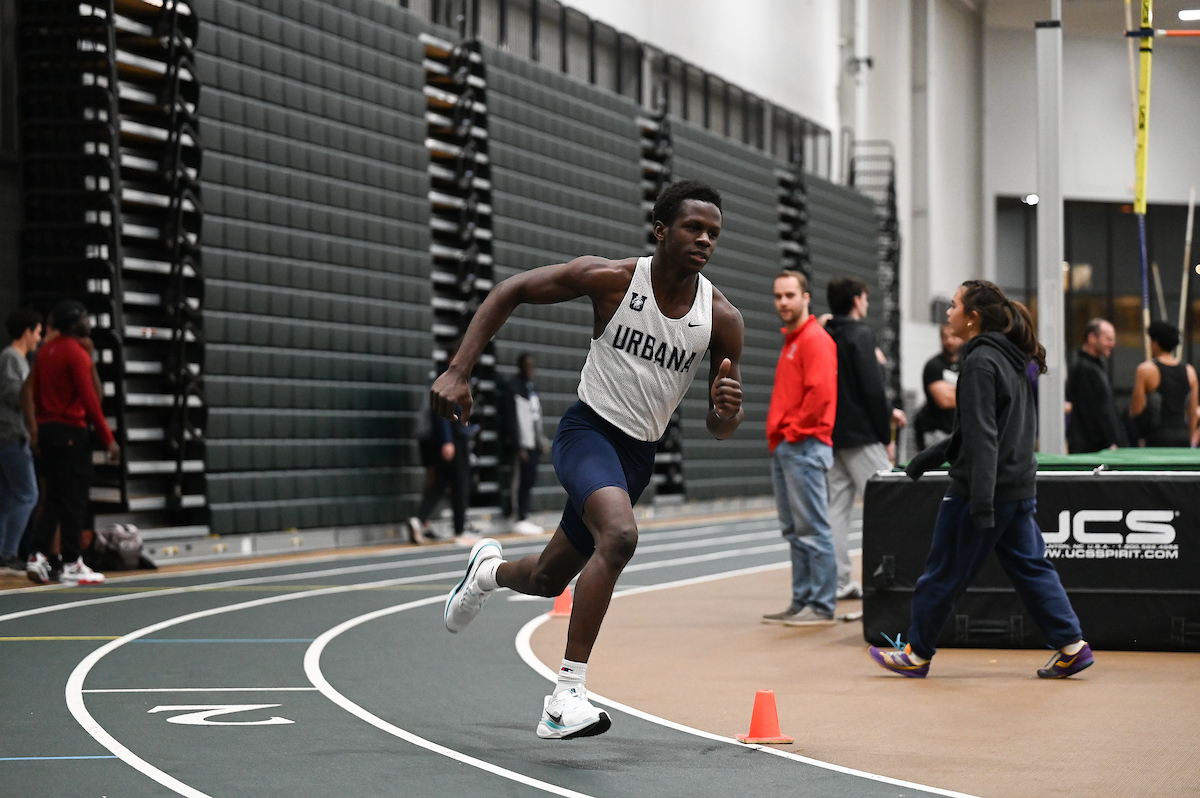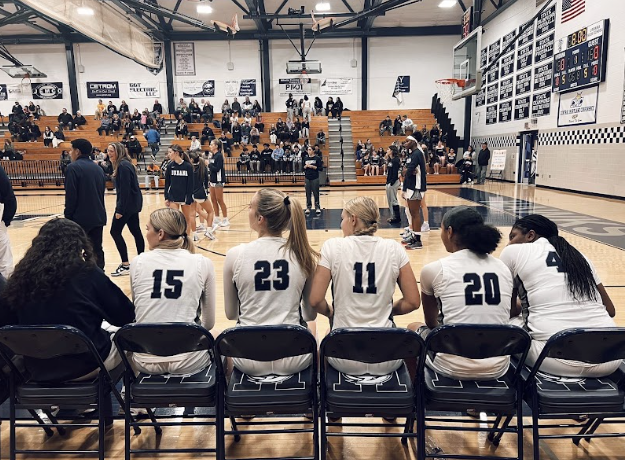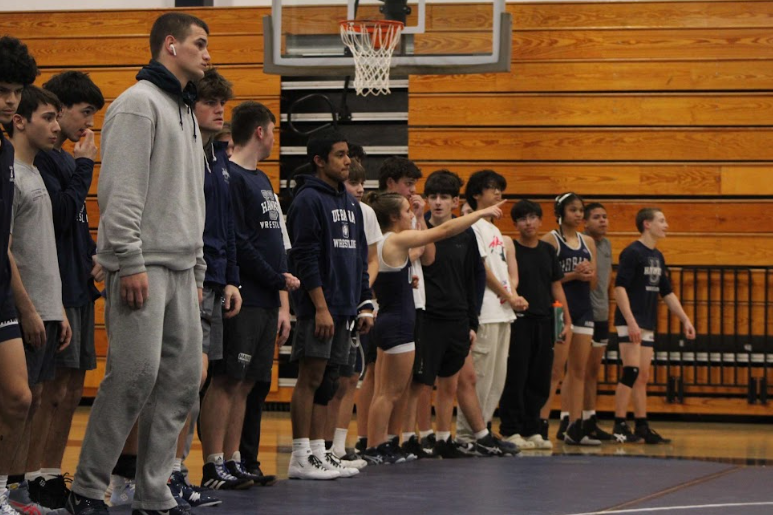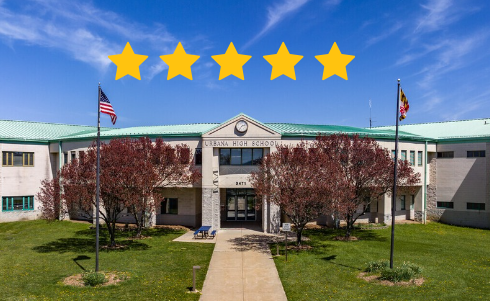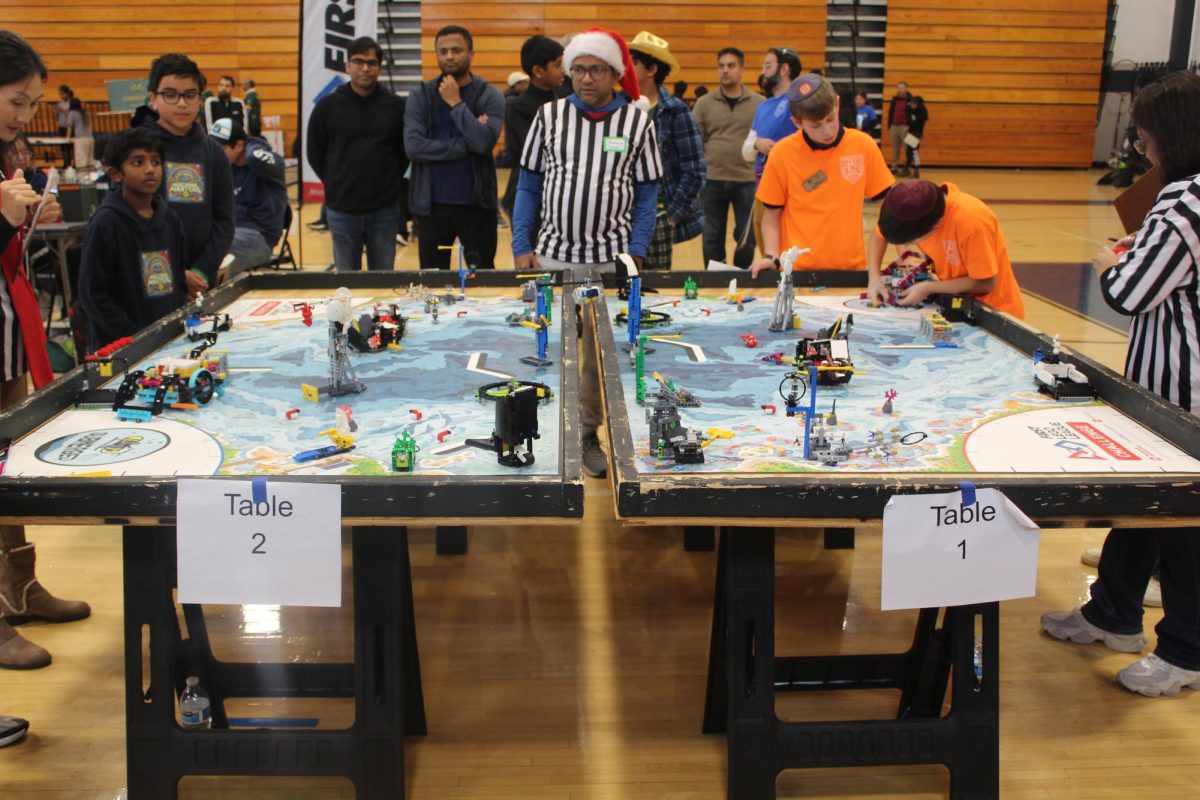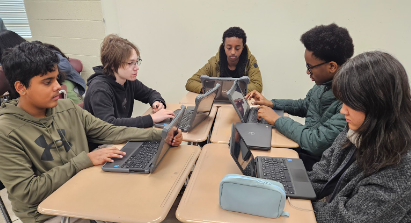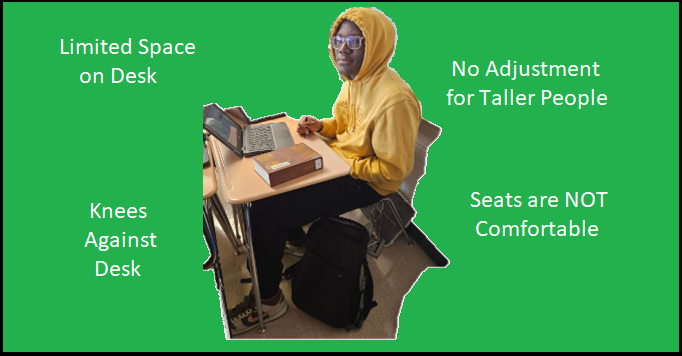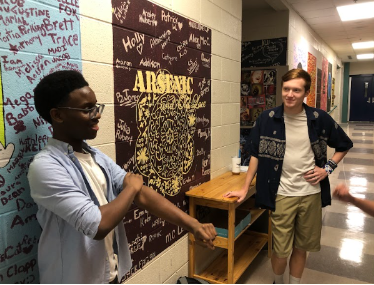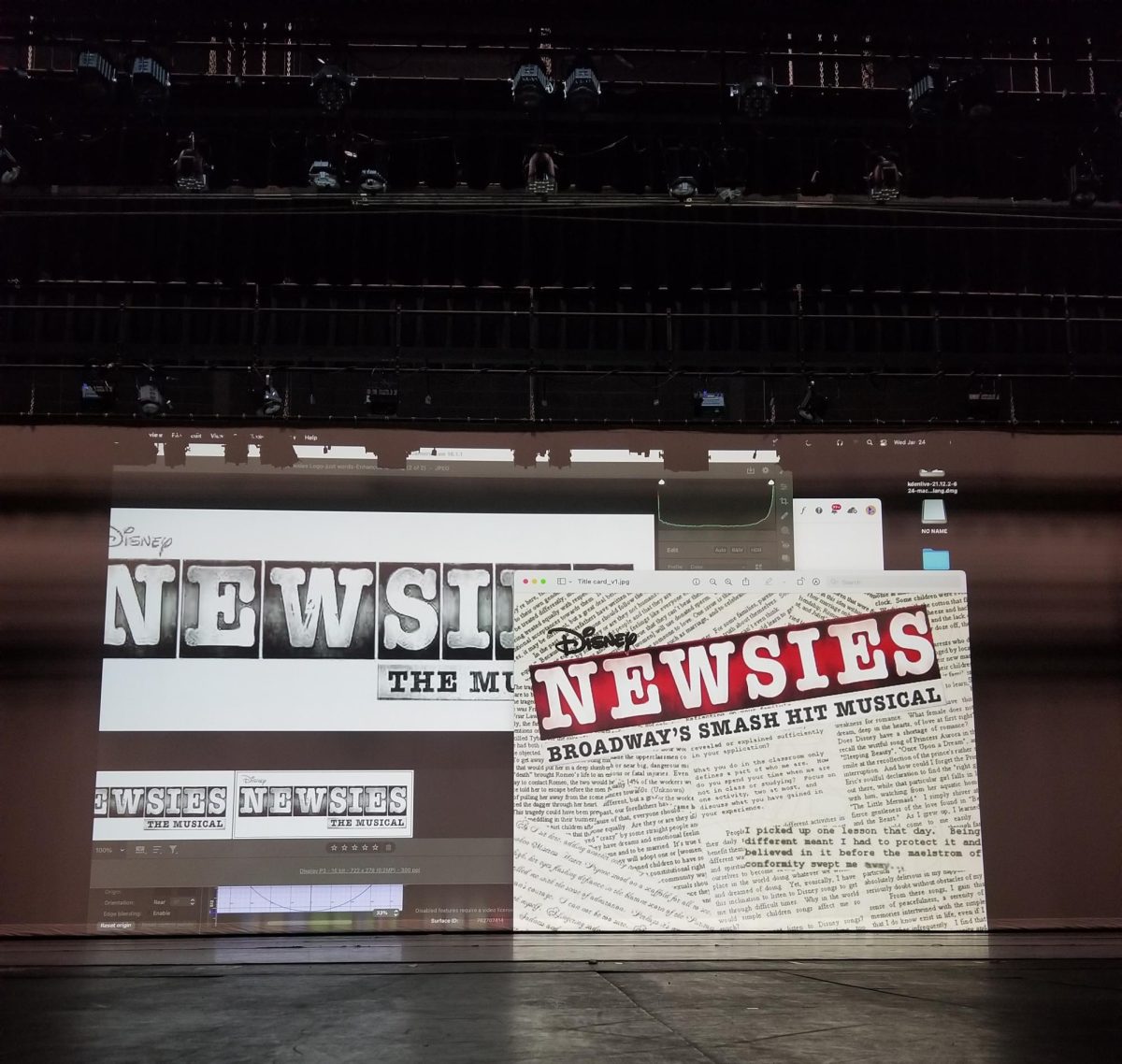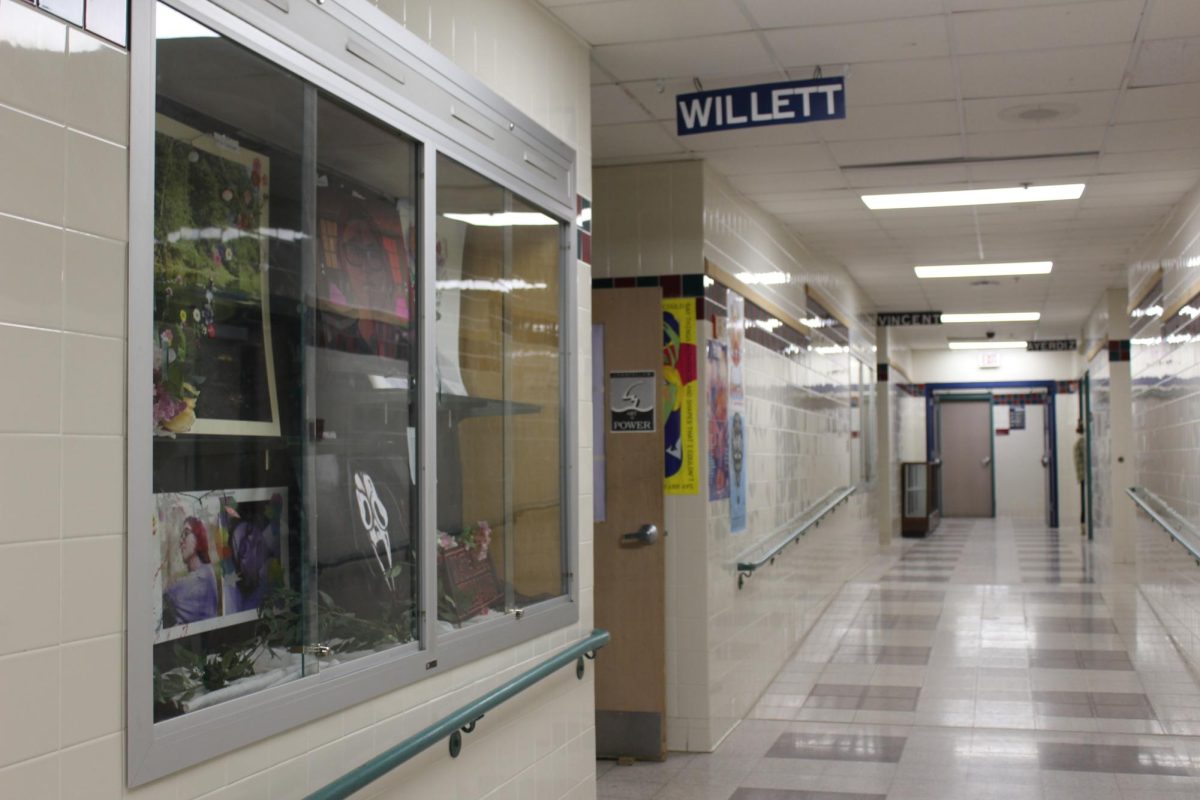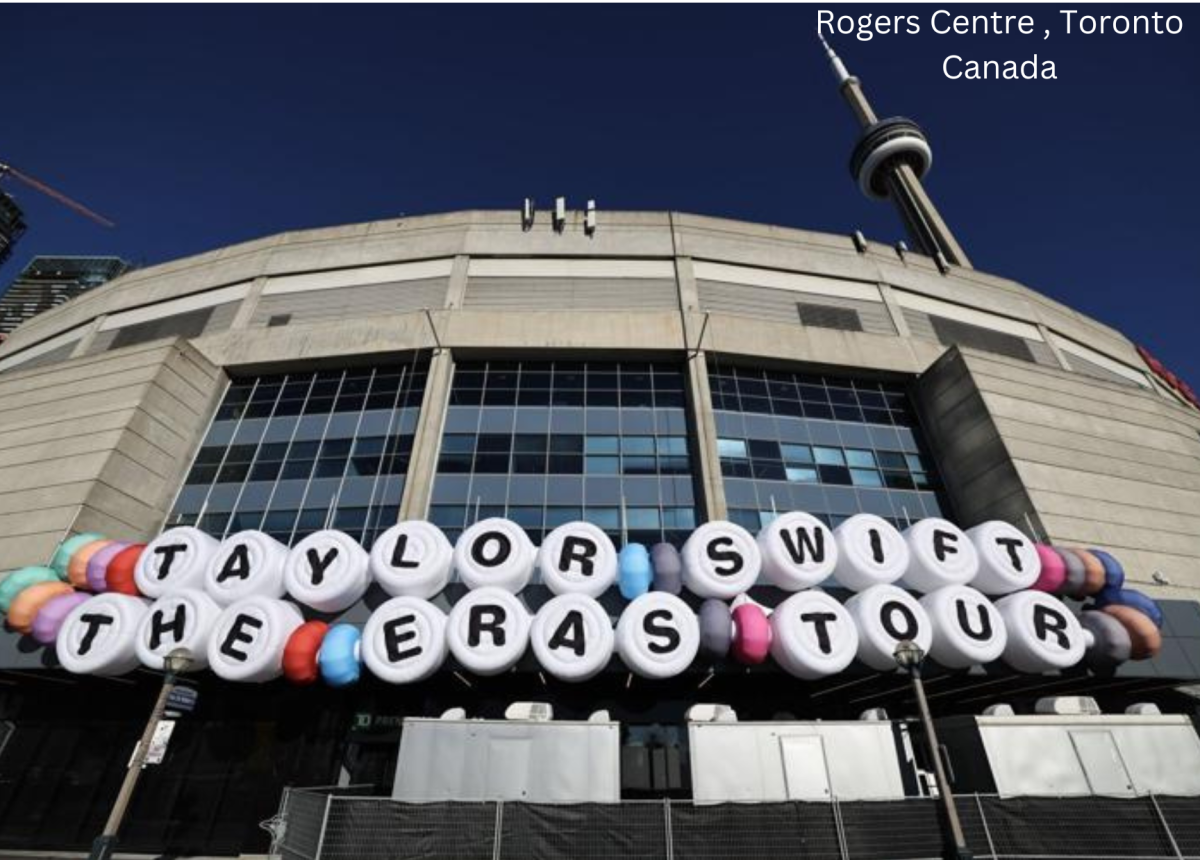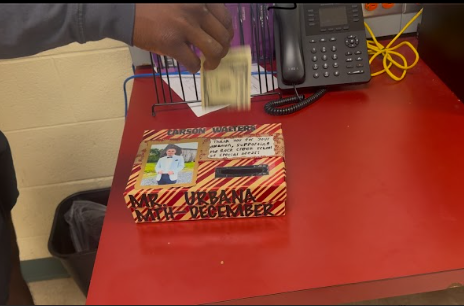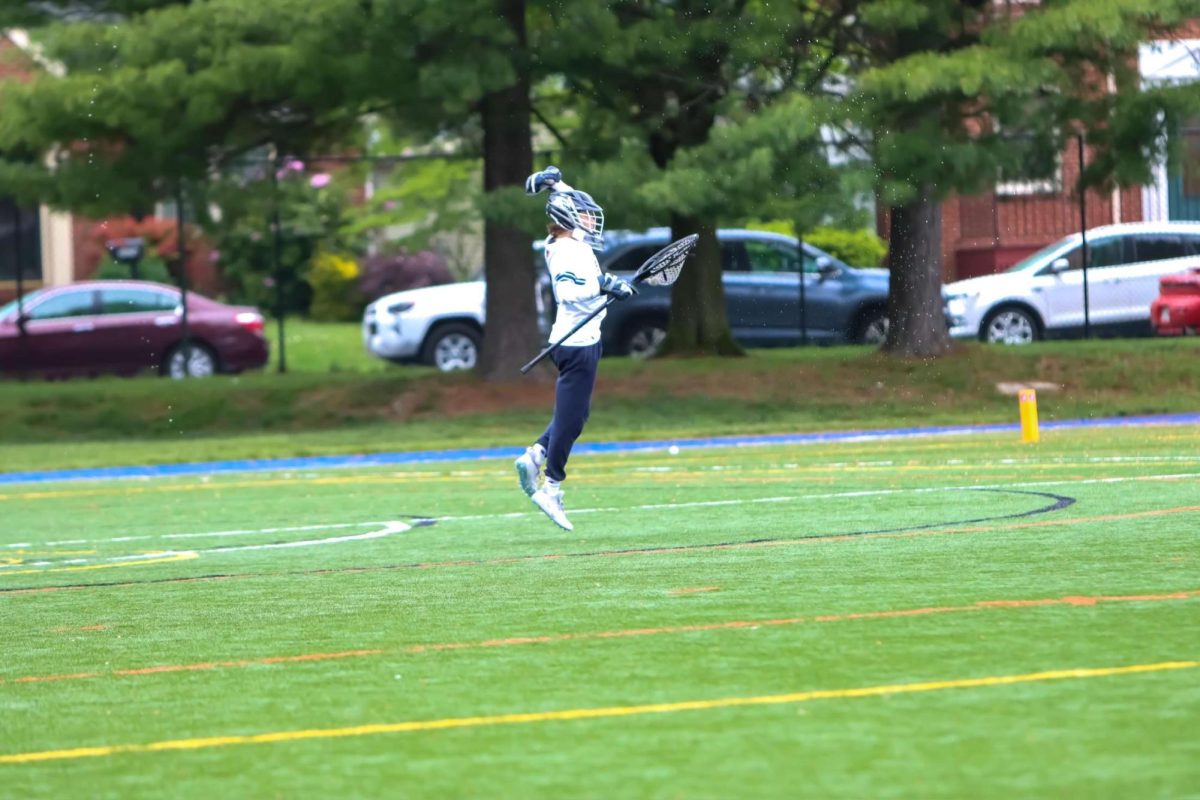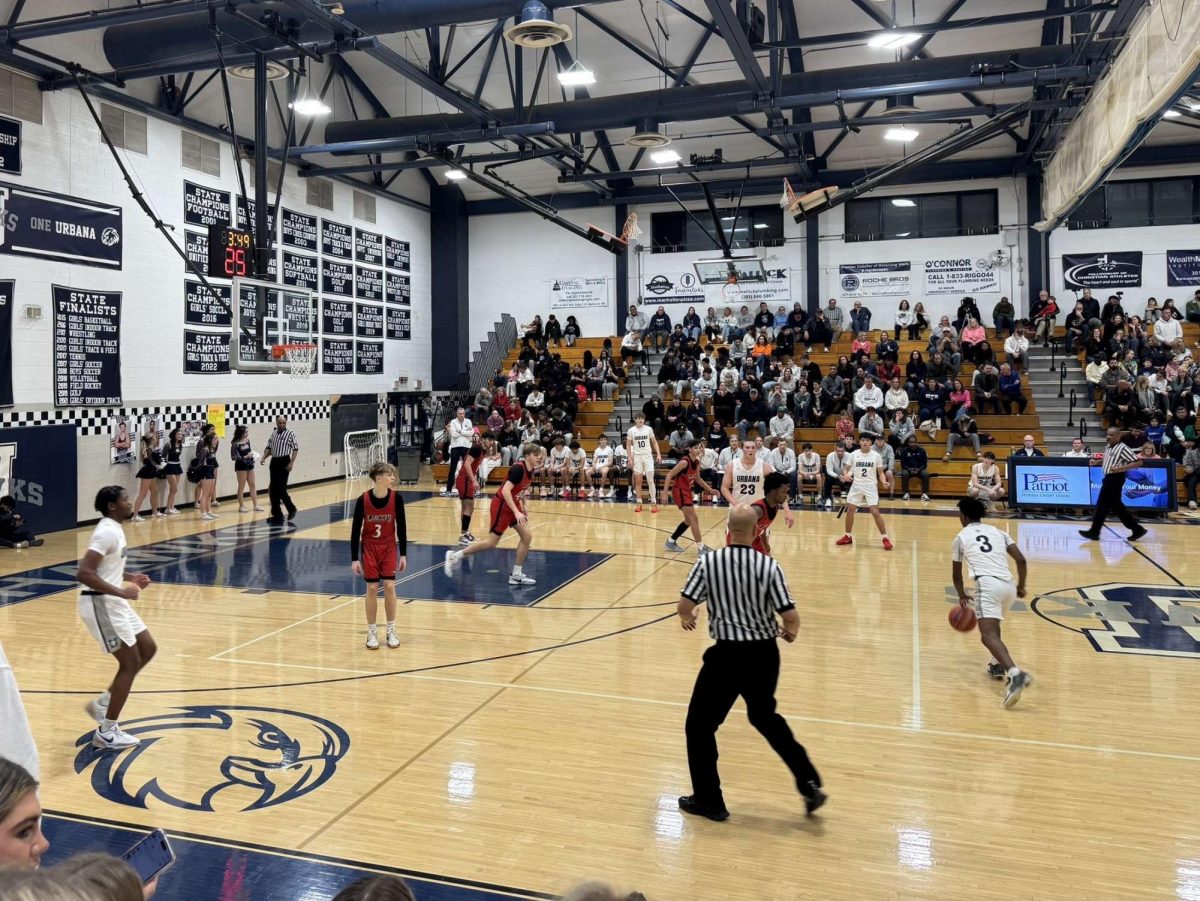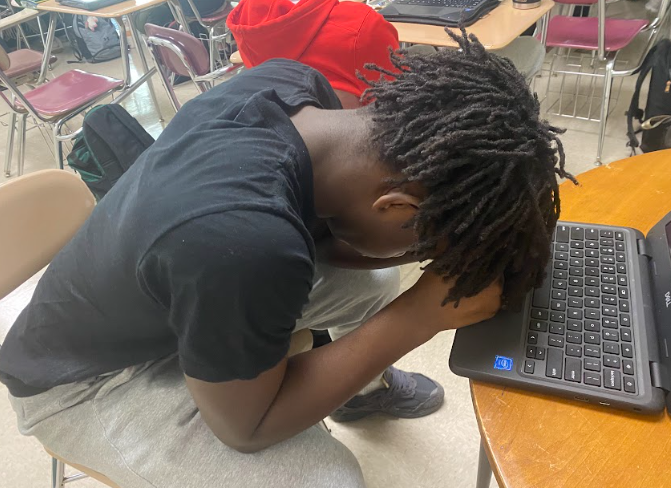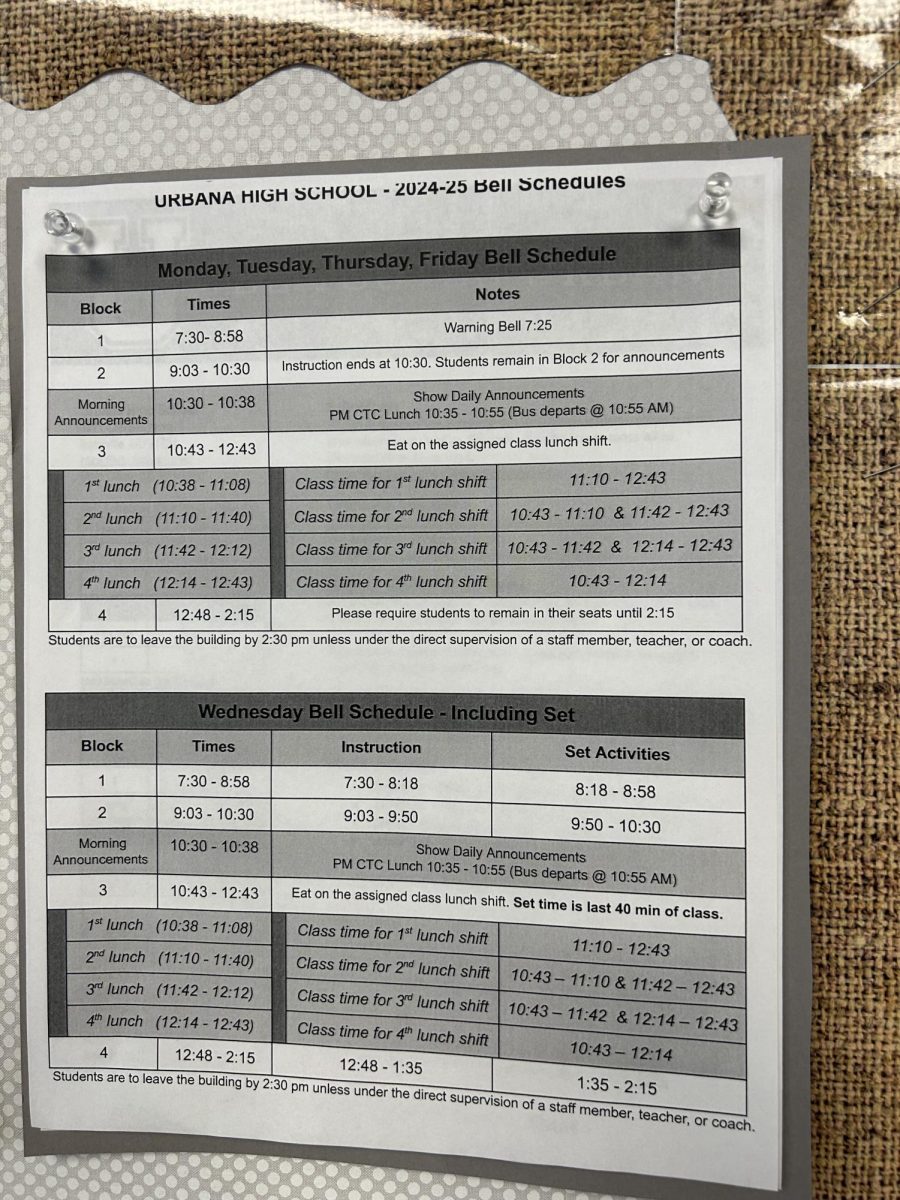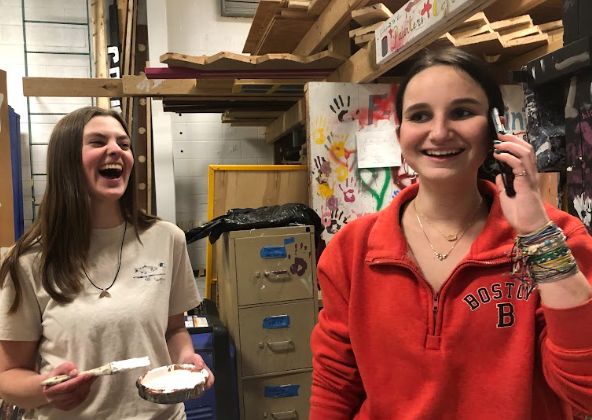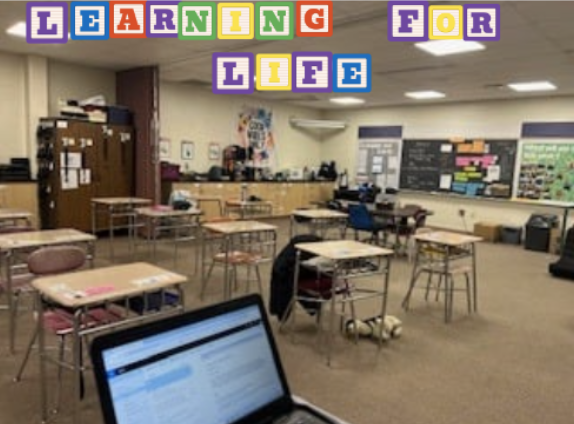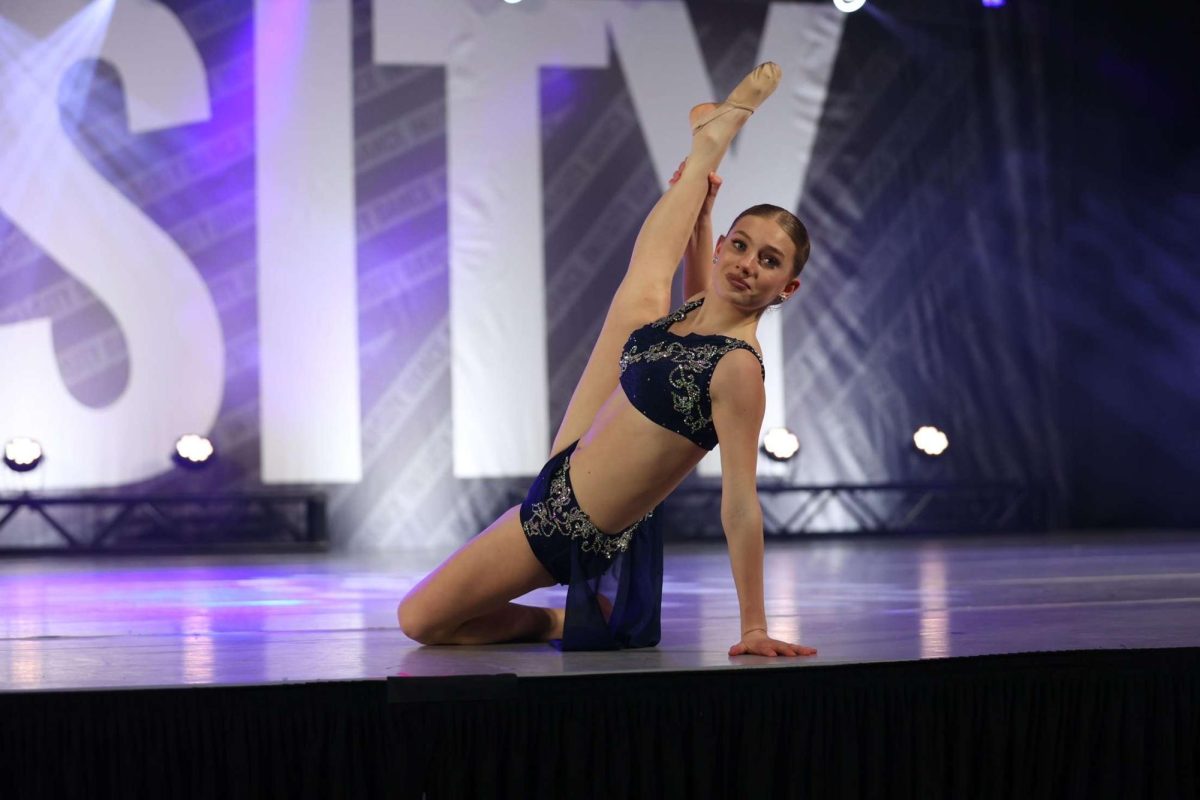Academic Boosters Needed
April 21, 2016
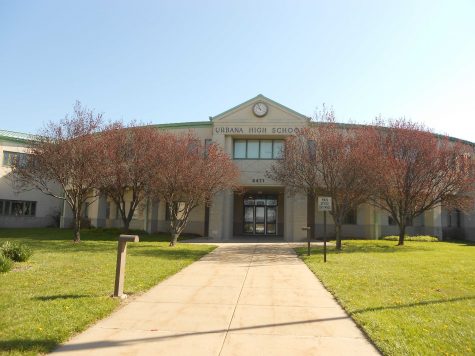
For years UHS has received donations for athletics in the form of boosters, why haven’t academics received the same?
The new turf field looks pristine as ever, and yet my AP Psychology textbook still uses the word “retarded.”
Urbana’s athletics programs are funded mostly by student athletic fees, and the UHS Athletic Boosters. These contributions, plus the revenue generated by attendance and concessions at events, are great, but it makes you wonder why we don’t have donations or boosters for academics, too.
As a Hawk, I am just as much of a fan of our teams as anyone else. I love the vitality and energy of Friday night football games, soccer matches, and track meets, and the unity fostered by participating in a club. There is no part of me that would want to cut athletic funding so much that these pastimes might become endangered.
However, they are, simply put, extracurriculars; activities outside the realm of the school’s curriculum. As such, they should be treated as privileges that we deal with once all our other needs are met. Many of our facilities, supplies, and programs are either decrepit or out of date, and we’re one of the lucky ones.
We have much higher privilege than many other schools in the surrounding area, and these other schools often get a rough deal. While some of these other schools in FCPS and surrounding counties may have boosters to support at least some of their athletics, their actual national, state, and county-wide funding may fall short.
It isn’t just our school that suffers from a lack of resources. In 2015, Maryland Governor Larry Hogan’s education budget was $144 million less than what was estimated to be needed to support all of the state-funded schools in Maryland. With 1424 public schools in the state according to EducationBug.org, this budget leaves each school with an average of $101,123 less than what was expected and needed.
Yes, it can be difficult to raise the appropriate money needed to supply every American child with an ample education, especially when we as a country are already in debt, but I believe it would be worth the extra cost.
Low income students drop out of High School at six times the rate that middle income students do, and schools with lower funding typically have higher dropout rates. In addition, Americans with High School diplomas earn almost 150% of what those without diplomas earn.
The higher funding a school has, the fewer dropouts. The fewer dropouts, and the more graduations, and the higher the average income of the alumni. The higher the average income, the more likely that this former student will donate money to the school, but more than that; the more they will pay in taxes, which will come back to the school in the form of state and county funding.
Boosters are wonderful, but there should be more opportunity to donate and put money towards academics in schools. Creating a focus on the academic portion of a school, as opposed to just the extracurricular part, will create a positive feedback loop that will ultimately benefit the school, the county, the state, and the students. Every child deserves an accurate, substantial, and modern education system in their life.

